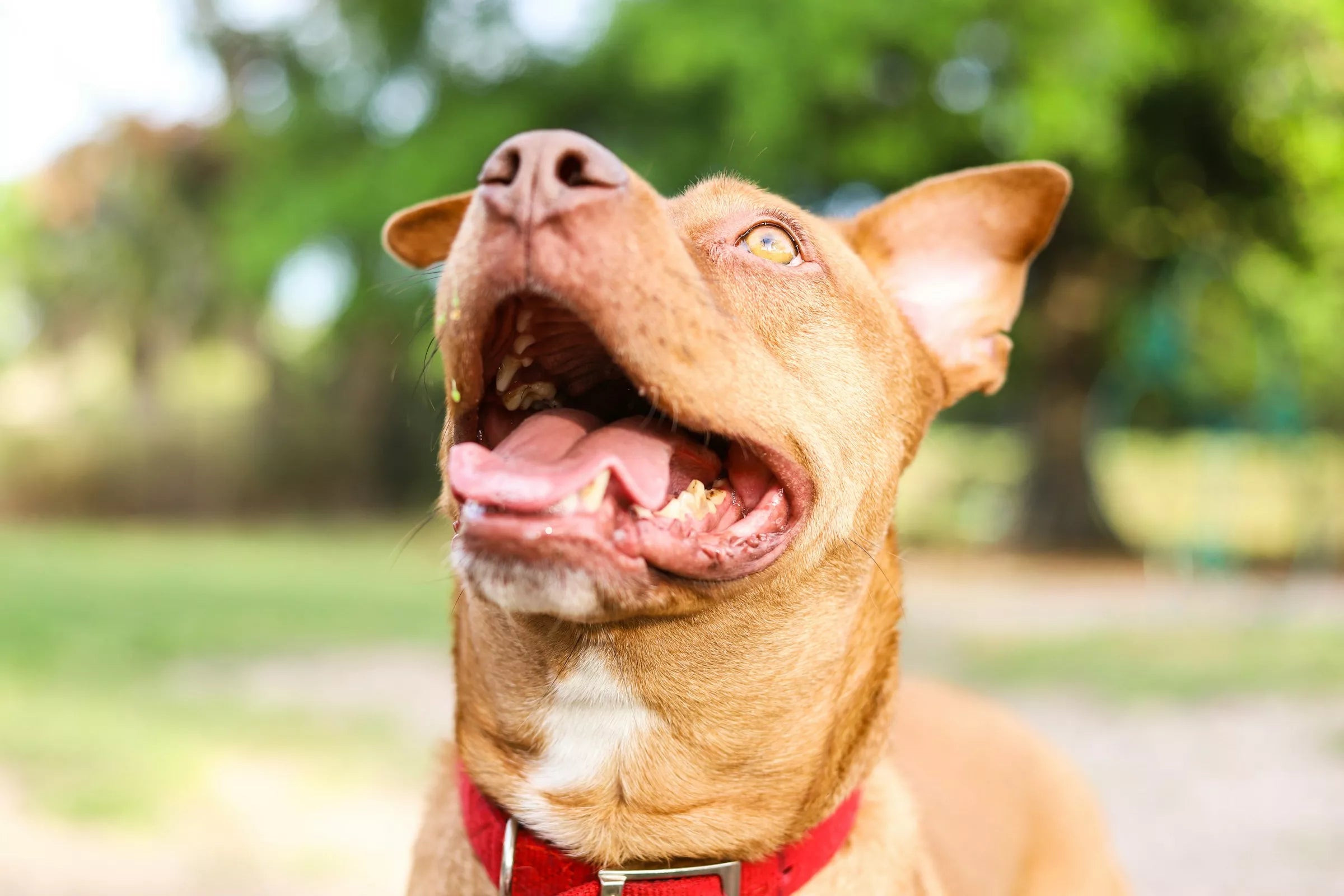Introduction
As a loving dog parent, you want to keep your furry friend safe from all kinds of pests, especially fleas and ticks. These tiny nuisances can cause big problems for your dog and your home. Let's dive into the best ways to tackle these pests and keep your dog happy and healthy.
Understanding Fleas and Ticks
What are fleas and ticks?
Fleas are tiny, wingless insects that feed on the blood of animals. They can jump long distances and quickly infest your dog and home. Ticks are arachnids, related to spiders, and they latch onto animals to feed on their blood. Both pests are not just annoying; they can transmit serious diseases to your dog.
How fleas and ticks affect dogs
Fleas can cause intense itching, allergic reactions, and even anemia in severe cases. Ticks are notorious for transmitting diseases like Lyme disease, which can lead to long-term health issues if not treated promptly. Keeping these pests at bay is crucial for your dog's well-being.
Signs Your Dog Has Fleas or Ticks

Common symptoms
Your dog might be dealing with fleas or ticks if you notice excessive scratching, red or inflamed skin, hair loss, or visible tiny black or brown specks (flea dirt). With ticks, you may see the tick itself, or your dog may show signs of illness such as lethargy or joint pain.
How to check your dog for fleas and ticks
Regularly inspect your dog’s skin, especially around the ears, neck, and between the toes. Use a flea comb to help spot any unwelcome guests. For ticks, feel for small lumps on your dog’s skin, paying close attention to areas where ticks like to hide.
Preventive Measures
Regular grooming and hygiene
Regularly bathing and brushing your dog helps you spot fleas and ticks early. It also keeps your dog’s coat healthy and less inviting to pests.
Keeping your home and yard clean
Vacuum your home frequently and wash your dog's bedding in hot water. Keeping your yard tidy by mowing the lawn and removing debris can help reduce flea and tick habitats.
Types of Flea and Tick Treatments
There are several treatment options available, each with its own benefits. Choosing the right one depends on your dog's needs and lifestyle.
Topical Treatments
How topical treatments work
Topical treatments are applied directly to your dog’s skin, usually between the shoulder blades. They kill fleas and ticks on contact and provide protection for up to a month.
Popular brands and products
Brands like Frontline Plus, Advantage II, and K9 Advantix II are well-known for their effectiveness. These treatments are easy to apply and start working quickly.
Oral Medications
Benefits of oral treatments
Oral medications are a convenient option as they are given in the form of a tasty chew or pill. They work from the inside out, killing fleas and ticks when they bite your dog.
Recommended products
Some of the top-rated oral treatments include NexGard, Bravecto, and Simparica. These products provide long-lasting protection and are a great choice for dogs that swim frequently or have sensitive skin.
Flea Collars
How flea collars work
Flea collars release active ingredients that repel and kill fleas and ticks. They offer continuous protection and are a low-maintenance option for dog parents.
Best flea collars on the market
Seresto and Scalibor are among the most recommended flea collars. They provide long-term protection (up to eight months) and are effective for both fleas and ticks.
Shampoos and Dips

Using shampoos and dips effectively
Flea and tick shampoos can be used to kill pests on contact. Dips, which are concentrated solutions, can be used for severe infestations.
Top-rated flea and tick shampoos
Products like Adams Plus Flea & Tick Shampoo and Veterinary Formula Flea & Tick Shampoo are popular choices. These shampoos not only kill fleas and ticks but also soothe irritated skin.
Natural Remedies
Benefits of natural treatments
For dog parents looking for a more natural approach, there are several effective options. Natural remedies can be gentler on your dog’s skin and the environment.
Popular natural remedies
Essential oils like lavender and cedarwood, diatomaceous earth, and apple cider vinegar are commonly used natural treatments. Be sure to research and use these remedies safely, as some can be toxic if not used correctly.
Prescription Treatments
When to consider prescription treatments
If your dog has a severe flea or tick problem, your vet might recommend prescription treatments. These are usually stronger and more effective but require a vet's guidance.
Common prescription medications
Prescription options like Revolution and Trifexis not only treat fleas and ticks but also prevent heartworms and other parasites.
Combining Treatments
How to safely combine treatments
In some cases, combining different types of treatments can be more effective. For example, using a topical treatment along with a flea collar can provide added protection. Always consult your vet before combining treatments to ensure they are safe for your dog.
Tips for multi-faceted approaches
Consider your dog's lifestyle and the severity of the infestation. Sometimes, using a combination of preventive measures and treatments can offer the best protection.
Preventing Future Infestations
Long-term prevention strategies
Maintaining regular treatments, grooming, and household cleaning can help keep fleas and ticks at bay. Regular vet check-ups are also important to catch any issues early.
Seasonal considerations
Fleas and ticks are more active in warmer months. Be extra vigilant during spring and summer, and consider year-round preventive measures if you live in a warmer climate.
Consulting Your Veterinarian
Importance of professional advice
Your veterinarian is your best resource for advice on flea and tick prevention. They can recommend the most effective treatments based on your dog's specific needs.
What to ask your vet
When visiting your vet, ask about the best preventive measures for your dog, possible side effects of treatments, and how to handle any reactions.
Conclusion
Keeping your dog free from fleas and ticks is crucial for their health and happiness. With the right treatments and preventive measures, you can ensure your furry friend stays safe from these pesky pests. Always consult your vet for the best advice tailored to your dog's needs.
FAQs
How often should I treat my dog for fleas and ticks?
It depends on the treatment you choose. Most topical and oral treatments are applied monthly, while some flea collars can last up to eight months. Always follow the product’s instructions and consult your vet.
Can flea and tick treatments cause side effects?
Yes, some dogs may experience side effects such as skin irritation, vomiting, or lethargy. If you notice any adverse reactions, contact your vet immediately.
What should I do if my dog has a reaction to a treatment?
Stop using the product and wash your dog with mild soap and water. Contact your vet for further advice and alternative treatment options.
Are there any breeds that are more susceptible to fleas and ticks?
All dogs are at risk, but dogs with thick fur or who spend a lot of time outdoors may be more susceptible. Regular grooming and preventive measures are essential.
How can I make my home less hospitable to fleas and ticks?
Keep your home clean by vacuuming regularly, washing your dog’s bedding, and maintaining a tidy yard. Use flea and tick preventives on your pets to reduce the risk of infestation.
















Share:
Should Dogs with Arthritis Exercise?
How Do I Stop My Dog from Chewing on Furniture?